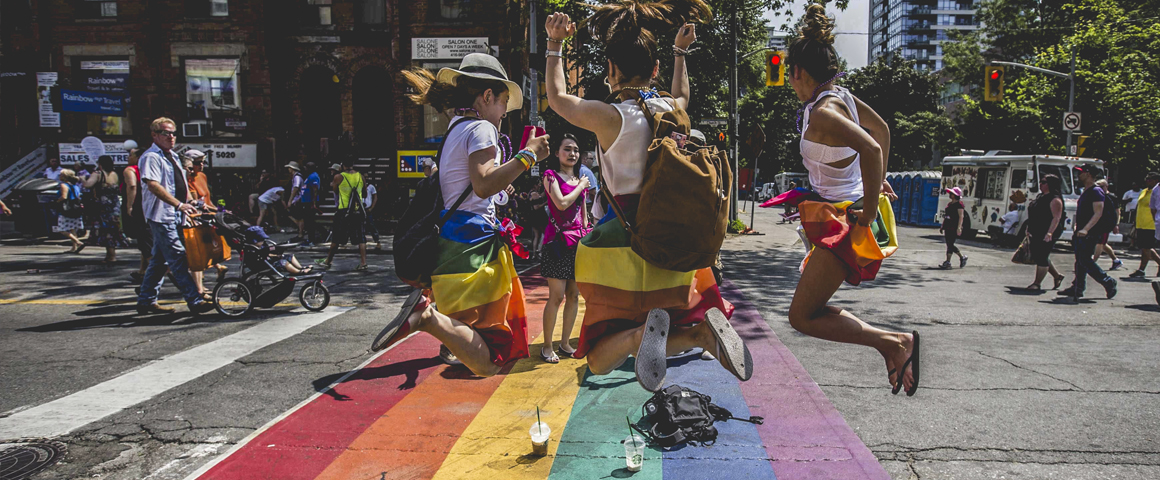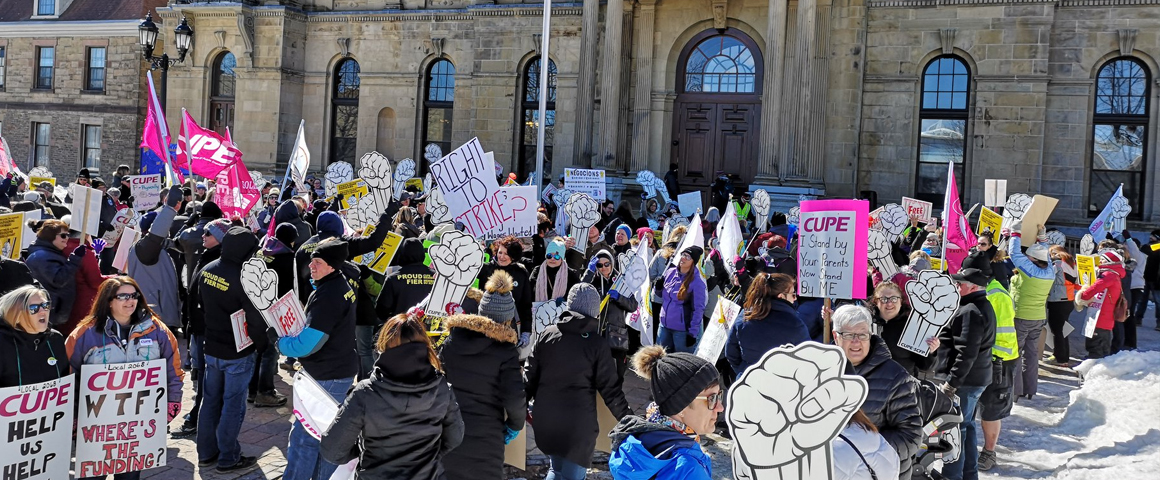A small town in west-central Newfoundland found itself at the centre of a whirlpool of controversy late in April. The town of Springdale, population about 3,000, rejected a proposal from the local Indian River High School’s Gender Sexuality Alliance (GSA) to paint a rainbow crosswalk on a road near the school.
Such crosswalks have been painted in communities across the country as a means of promoting LGBTQ rights and inclusion. They are a small gesture to be sure, but it is something visible and something welcoming. Rainbow crosswalks have been painted before in Newfoundland and Labrador, specifically in St. John’s and Corner Brook.
Town councilors voted 4-3 against the crosswalk. Mayor Dave Edison stated that the reason was to avoid “setting precedent” for other special signage or signals, and that it would be tantamount to using tax money to “tell people what they should believe” and would lead to “division” in the town. The decision and the mayor’s words led to much ridicule and consternation on social media, including comedian Mark Critch who referred to Edison as “a tool”. At least one person in town painted part of their fence a rainbow in a show of support for the GSA.
The GSA was given another chance to present their proposal directly to the council. And for all that, council again voted against the crosswalk. Mayor Edison insisted that the town supports all of its residents but that the “precedent” still needed to be avoided. The GSA did find some reason for optimism in the fact that a dialogue had been started, and that Edison suggested other means of supporting them such as a rainbow picnic table on school grounds or raising the pride flag at town hall during pride week.
One might wonder what is the difference between a rainbow crosswalk and a rainbow picnic table. Perhaps the mayor and his supporters think a crosswalk is too visible? Imagine being forced to acknowledge LGBTQ rights whenever crossing the road to the school! But a picnic table? That can be kept away in the distance and only for the students to use. Cynical yes, but the fact is despite all the outpouring of support for the brave and mature students of Indian River High’s GSA, there were folks who firmly agreed with council’s decision. Other comments from Edison are suspect, such as when he said council would also reject a similar proposal from “a church, or a group of coloured people wanted to request something”.
Some other towns in NL have taken note of the controversy and are approving rainbow crosswalks, almost as if saying “See? We’re not like mean ol’ Springdale!” But mainstream liberal society likes to pat itself on the back and pretend that things are better than they really are. There is no shortage of myths, and one of the more pervasive is that Canada is a friendly and welcoming society. That myth is promoted as especially true of Newfoundland; we’re apparently all good down to earth folk who welcome all types with friendliness and warmth. That’s cute for tourism ads, but that doesn’t make discrimination or racism disappear.
A recent survey estimated that 1 in 8 NL residents had experienced racial discrimination here, and that it could be reasonably said that almost all members of visible minorities in NL have experienced discrimination of some sort. Derogatory comments about First Nations and Inuit in this province are also not hard to hear, to say nothing of the ongoing colonial project that is Labrador. White supremacist and anti-Islam posters have also been found on Memorial University’s walls, and there were reports in 2016 of the Soldiers of Odin group attempting to recruit members in the St. John’s area.
The rot of hate and discrimination lurks just beneath the surface even if there are many well-meaning people here. Our political leaders turn a blind eye to addressing the root causes, and of course they would; the capitalist system encourages these kinds of divisions and keeps working people fighting among themselves instead of fighting for a future where we can all live together with dignity.




